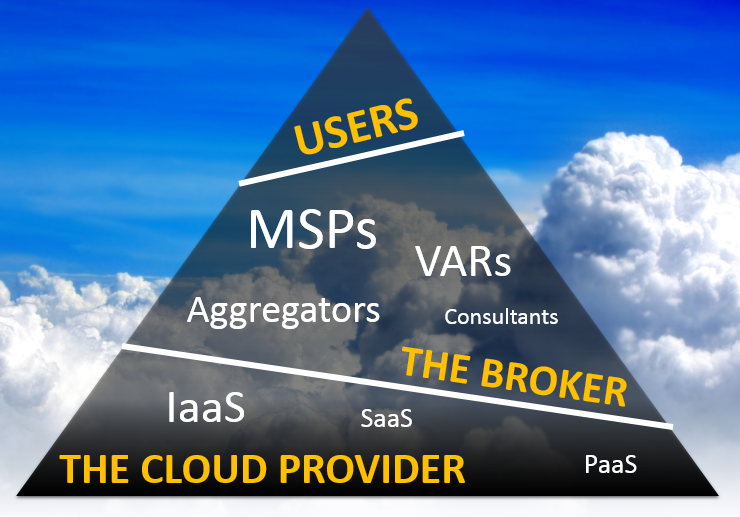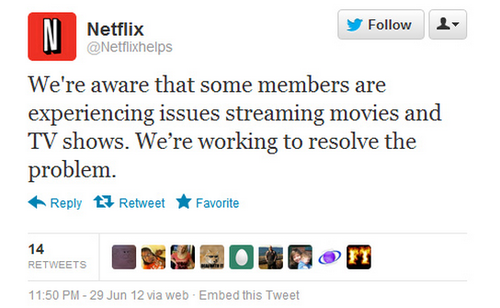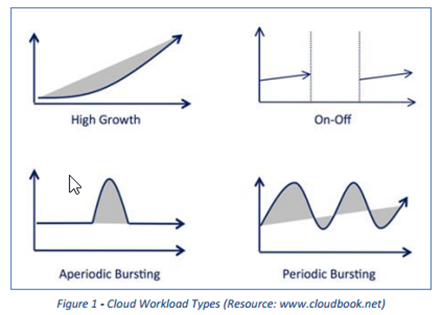The Purely Public Cloud Deployment: The Perceived Risk
In this post series, I will raise some basic questions and will delve deeply into this topic to debate the common resistance to what I call “pure cloud deployment”.
Let’s begin with a leading question: Can’t the hybrid economy model live within the public cloud? From the enormous number of conversations with top cloud thought leaders, CIOs, startups, and the like, it seems that the answer is YES.

(more…)


 Cloud brokers were recognized and described by Gartner analysts as the `Intermediary services that support fast cloud adoption`. From their customers’ perspectives cloud brokers are the system integrators (SI) or the `cloud enablers` that support fast adoption and maintenance of cloud technologies. For example, the independent software vendor (ISV) can benefit greatly from a cloud managed service provider (MSP) starting with integrating into the underlying cloud infrastructure, all the way up to the offering stack wrappers, such as service provisioning methodologies’ implementation. From the cloud provider’s perspective, cloud brokers are key customers, value-added resellers and aggregators of its cloud services.
Cloud brokers were recognized and described by Gartner analysts as the `Intermediary services that support fast cloud adoption`. From their customers’ perspectives cloud brokers are the system integrators (SI) or the `cloud enablers` that support fast adoption and maintenance of cloud technologies. For example, the independent software vendor (ISV) can benefit greatly from a cloud managed service provider (MSP) starting with integrating into the underlying cloud infrastructure, all the way up to the offering stack wrappers, such as service provisioning methodologies’ implementation. From the cloud provider’s perspective, cloud brokers are key customers, value-added resellers and aggregators of its cloud services.

 While investing in building new data centers all over the world and creating the management overlay in order to be able to sell their hardware, IaaS operators are also relying on their ecosystem to support the evolving enterprises that go to the cloud (e.g. the “Enterprise Grade Cloud”).
While investing in building new data centers all over the world and creating the management overlay in order to be able to sell their hardware, IaaS operators are also relying on their ecosystem to support the evolving enterprises that go to the cloud (e.g. the “Enterprise Grade Cloud”). Something that amuses me is the fact that 80% of so-called
Something that amuses me is the fact that 80% of so-called  The benefits of migrating workloads between different cloud providers or between private and public clouds can only truly be redeemed with an understanding of the cloud business model and cloud workload management. It seems that cloud adoption has reached the phase where advanced cloud users are creating their own
The benefits of migrating workloads between different cloud providers or between private and public clouds can only truly be redeemed with an understanding of the cloud business model and cloud workload management. It seems that cloud adoption has reached the phase where advanced cloud users are creating their own  The cloud enables great agility and can reduce costs if used right. But does it also manage risk? In fact, the cloud contains the same traditional hosting risks as well as specific related risks to your production environment running on the cloud.
The cloud enables great agility and can reduce costs if used right. But does it also manage risk? In fact, the cloud contains the same traditional hosting risks as well as specific related risks to your production environment running on the cloud.